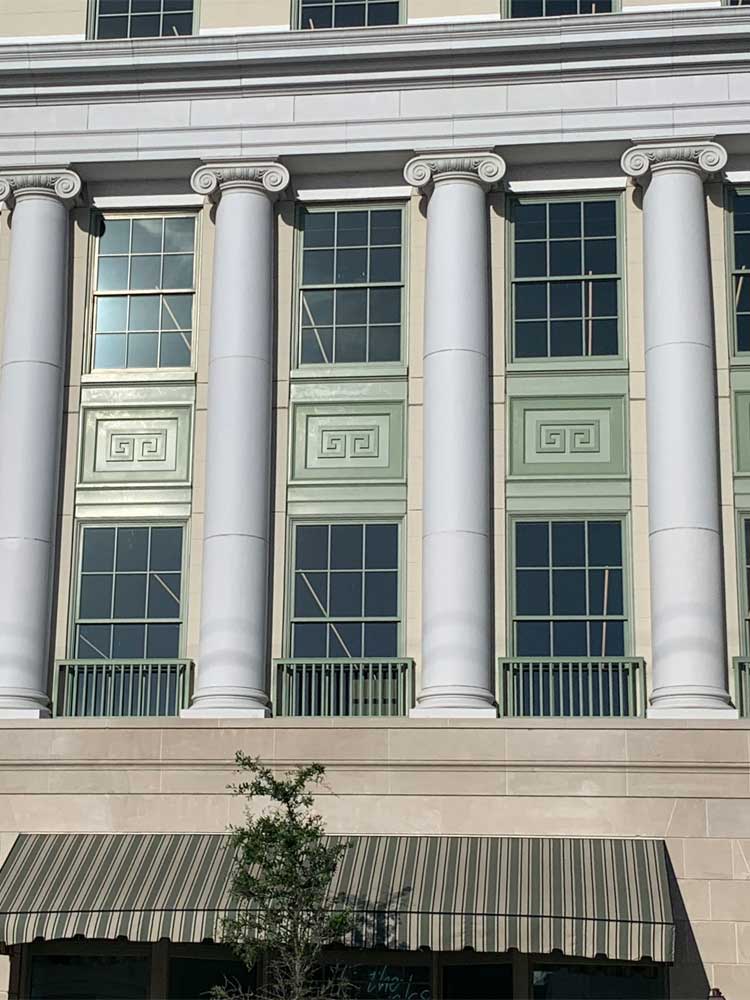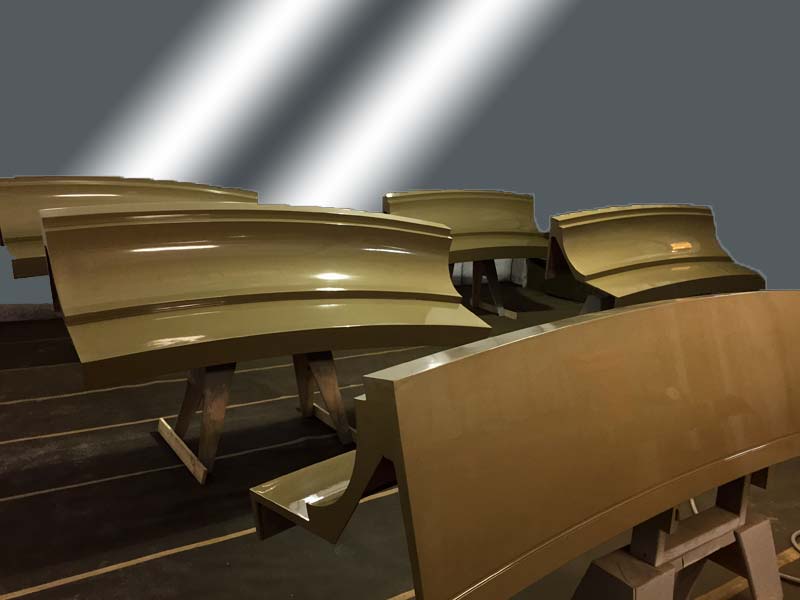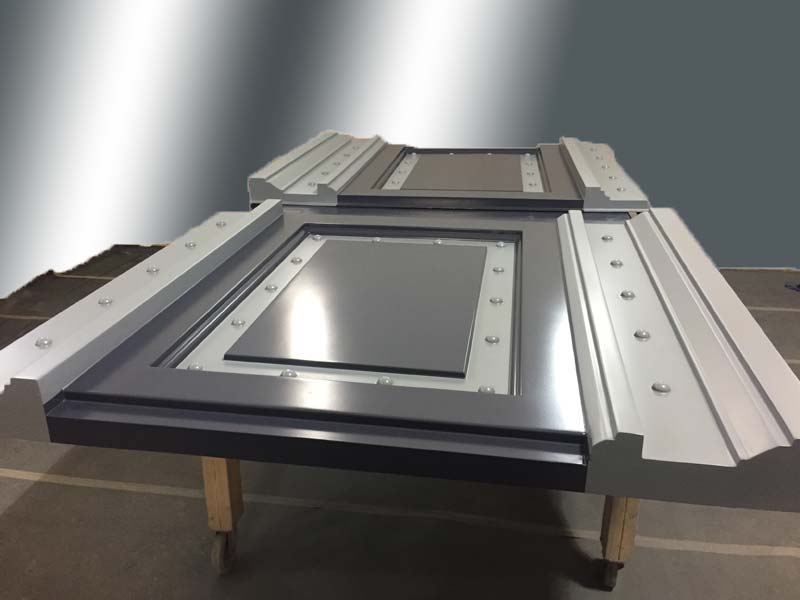FRP DESIGN ASSISTANCE
Solutions not achievable with traditional materials in new or retrofit building construction can be and already are being readily accomplished using FRP composites.
Their durability, low cost and practicality make them an invaluable addition to the architect’s toolkit and the construction material of choice.
FABRICATING PERFECTION
A national firm of FRP building and manufacturing, planners and exterior designers specializing in a wide range of commercial, corporate and public sector projects.
FRP composites are also used to create domes, light panels, structural elements and exterior decorative pieces such as cornices and columns. Their versatility means they can be applied to almost any aspect of the design and construction phases.
STRUCTURAL VISION
“Design creates culture. Culture shapes values. Values determine the future.” ~ Robert L. Peters
It is increasingly obvious that FRPs have unlimited potential to transform the building architecture and construction as they are:
- more sustainable than existing construction materials
- durable and corrosion free
- lightweight
The lower weight of FRPs when compared with traditional materials decreases the costs associated with the building construction of new or retrofit spaces. Additionally, their durability means that for buildings requiring regular cleaning and servicing, there are lower costs associated with maintenance and cleaning over time.
FRPs are also cheaper to make than most traditional materials used in new or retrofit building construction, meaning FRPs are not only more durable and maneuverable but are a much cheaper option than most metals and wood.



